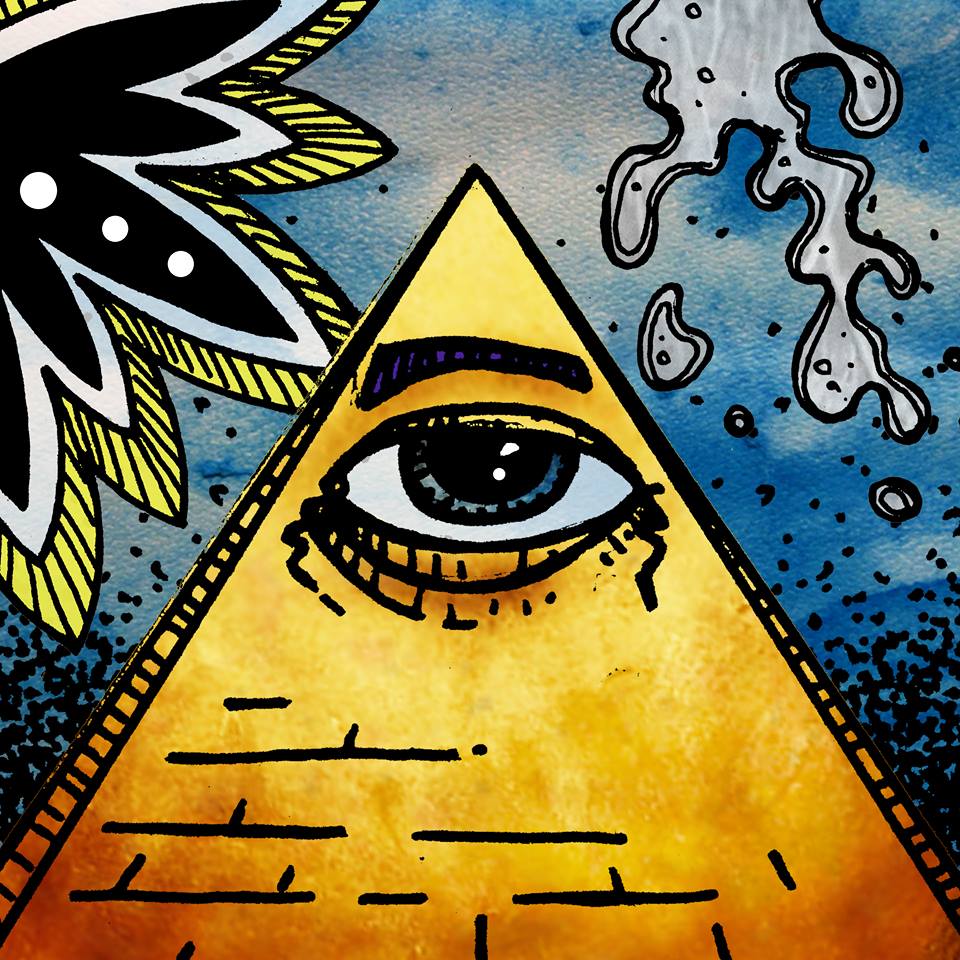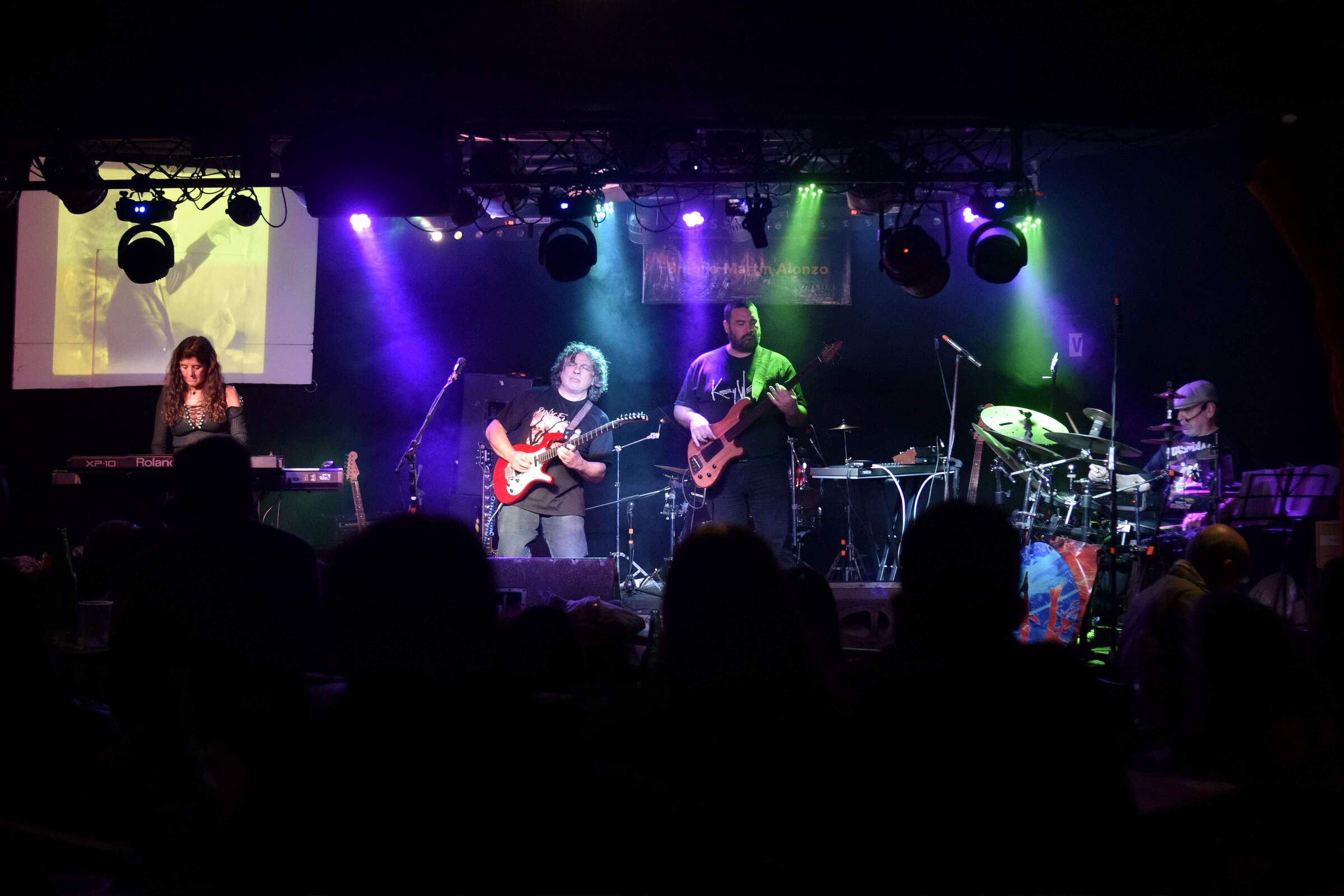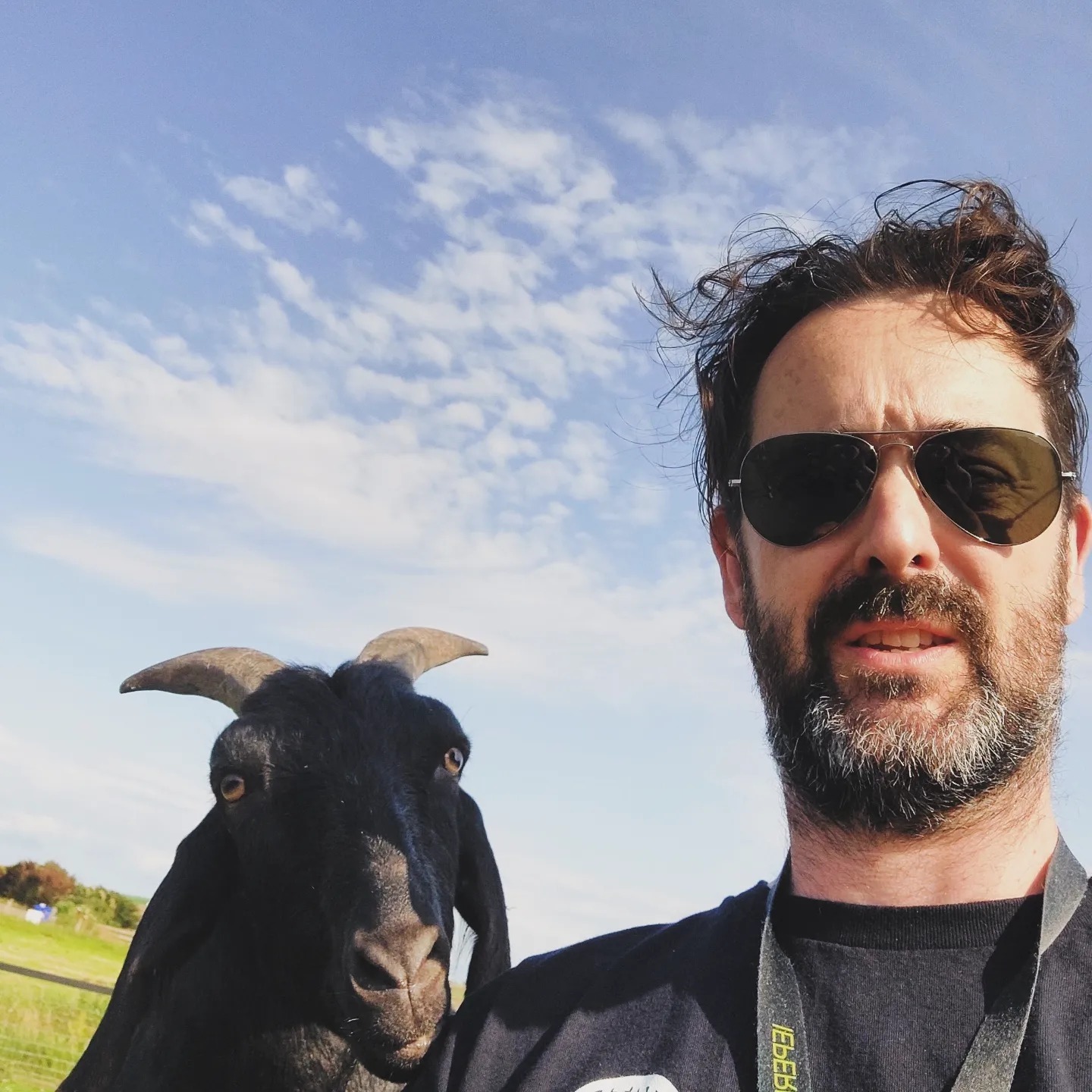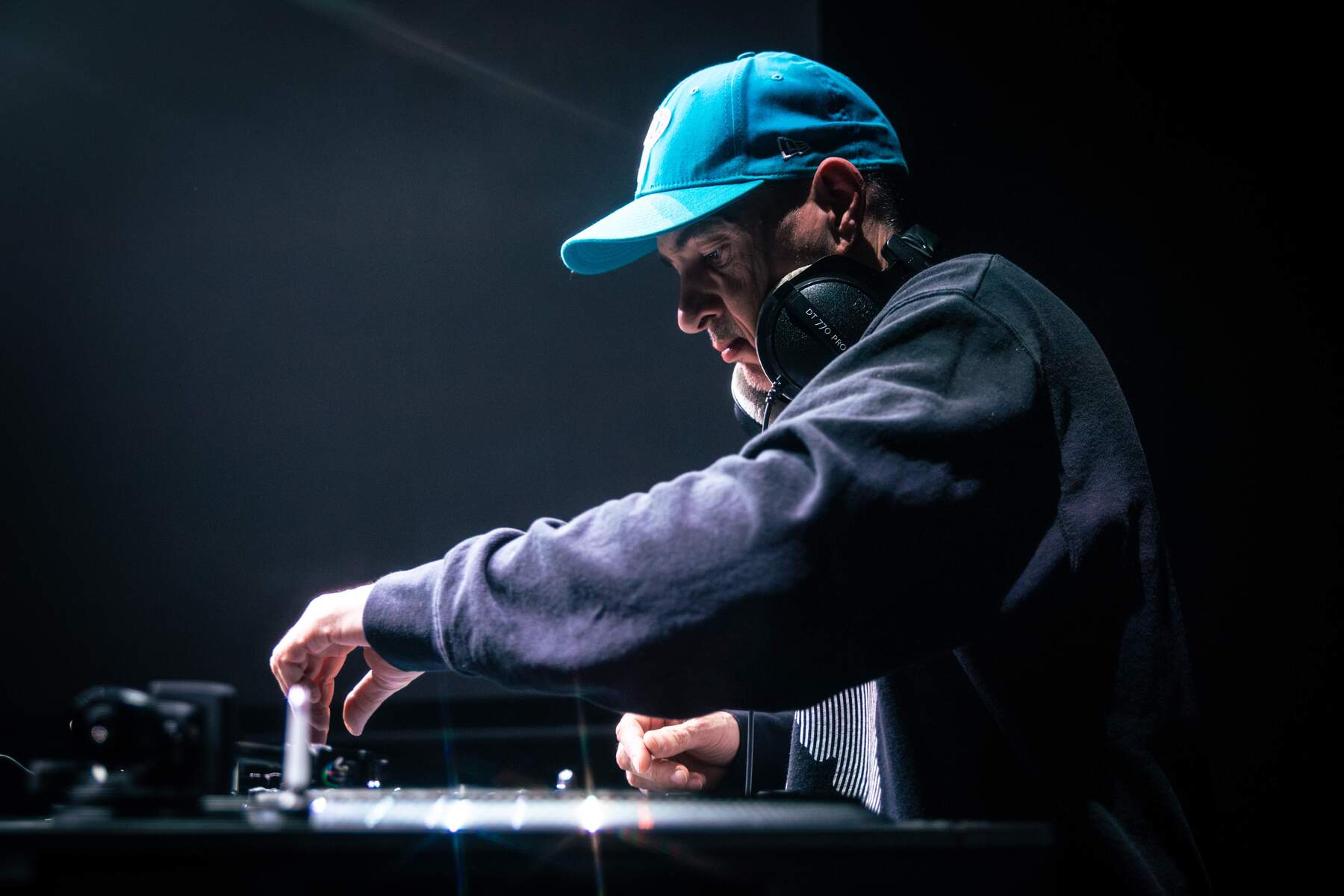Exploring ‘Crónicas Intrascendentes’ with Akenathon
Akenathon’s third album, ‘Crónicas Intrascendentes,’ feels like opening a secret diary written between dreams and nightmares. Hailing from Argentina’s fertile progressive rock scene, the band builds a soundworld that is at once shadowed, luminous, and cinematic.
The opener, ‘Queja de un Bufón,’ sets the stage with brooding, theatrical tension before morphing seamlessly into the symphonic surge of ‘Irresistible Tic.’ Throughout, the group dances fearlessly across genres: tango bleeds naturally into progressive rock on ‘Vincent y Los Cuervos,’ while ‘La Muerte del Zapatero’ seethes with expressive guitar lines that convey intensity.
Yet beneath the stylistic pyrotechnics lies a unifying concept of fleeting memories and unseen worlds, lending emotional weight to the album’s complex structures. By the time the cosmic raga ‘Huellas’ closes the record, ‘Crónicas Intrascendentes’ has transcended its influences, standing as an immersive exploration of sound and imagination.
This special record has been issued by PQR Disques Plusquereél, limited to 200 hand-numbered copies, including 100 on black vinyl and 100 on splatter vinyl, and comes with a two-page insert.
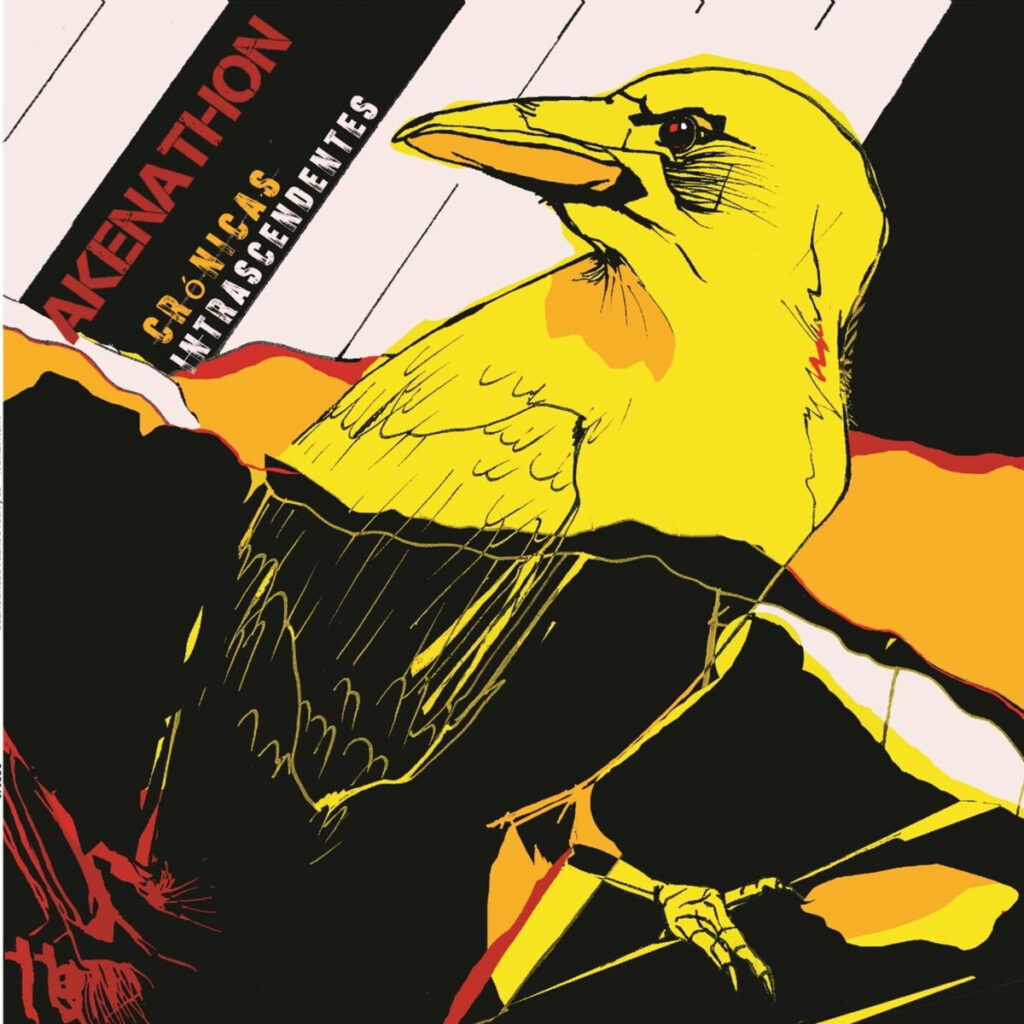
“We believe progressive rock is a living genre, always evolving”
Your music is often characterized as “neoprog.” How do you define this term, and how do you see Akenathon’s work fitting into or expanding upon this genre’s conventions?
Neoprog is a broad term, but I like it. Although, if we think about how it was used in the 1980s, I’m not sure it’s entirely appropriate. We’ve also heard people say we make eclectic progressive music. Personally, I prefer the term progressive fusion.
We believe progressive rock is a living genre, always evolving, and we are constantly capturing new elements and incorporating them into our music.
The album’s title, ‘Crónicas Intrascendentes,’ suggests a focus on moments or experiences that are seemingly unimportant but contain hidden depth. How does this concept of “unobservable experiences” manifest musically, and are there specific compositional motifs that support it?
On this album, we explore many moments that often go unnoticed in everyday life but can actually hold great significance. In a way, we contrast these small, profound experiences with the excess of empty information that overwhelms us in today’s world.
There is a narrative thread throughout the album, a concept hovering over the whole work: shining a spotlight on the invisible. The music itself reflects fleeting moments that demand careful attention, often requiring multiple listens to fully grasp.
Creating music designed for repeated listening is a very exciting and rewarding challenge for us.
“We constantly play with images.”
The opening track, ‘Queja de un Bufón,’ is described as having cinematic and theatrical qualities. Could you discuss the narrative structure of this piece and how you used musical elements to build a certain scene?
We constantly play with images. While it’s easier to do this when a song has lyrics, we also achieve it with purely instrumental pieces. For this track, we imagined a scene: a jester, trapped in a tower, who despises his king yet also protects him. He alternates between hatred and submission to power, struggling with his devotion to fulfilling his role.
It is a constant dichotomy, a tension that we love to explore. We want to provoke the listener, and even provoke ourselves. It is a game, but also something very intense.
Musically, we built the motif around a tritone, a famously dissonant interval. In the Middle Ages, it was even banned and referred to as diabolus in musica. Its sound naturally generates tension and unease, which was perfect for the mood we wanted to create.
‘Irresistible Tic’ is noted for its symphonic aura. How do you approach arranging for a symphonic sound within a rock context, and what instruments or textures are most critical to achieving this effect in your compositions?
‘Irresistible Tic’ is a clear example of what we mean by progressive. It has a basic rhythmic core that repeats throughout the song, though it constantly evolves, making it almost unrecognizable at times. It is an extreme yet simple development.
We never really conceived of it as symphonic. To us, it feels more like a slightly unrestrained jazz rock piece. However, when Marcela Crusat joined and added her keyboards, the track gained an extra boost, a bigger, fuller, and more dynamic sound.
Your work is compared to bands like Goblin and Arcturus. How have the non-musical aspects of their work, such as film scores or dramatic presentation, influenced your approach to creating music?
Without a doubt, these are two incredible bands, and we are honored by the comparison. Our influences are very broad and range from classical music to jazz, tango, hard rock, classic progressive rock, blues, and metal.
The theatrical aspect of our music stems from a desire to awaken a certain energy, both within ourselves and in our listeners, so that we can all connect deeply with the emotions and ideas we are expressing.
The inclusion of tango passages in ‘Vincent y Los Cuervos’ is a clear nod to Argentina’s cultural heritage. What is the process of integrating a dance form like tango, which has a specific rhythmic and structural identity, into a progressive rock song?
For us, tango is something natural. We have grown up hearing it our entire lives, so it is a permanent part of who we are. It emerges spontaneously in our music, almost without effort.
Piazzolla and Mederos are two visionaries who pushed tango’s boundaries, while legends like Troilo and Pugliese have left their mark on us forever.
I believe progressive rock thrives because its very nature is to draw nourishment from its surroundings. Musicians carve out new meanings by incorporating what they know and what is close at hand, in our case, tango.
‘La Muerte del Zapatero’ features “shrieking guitars.” In a genre that often values technical precision, how do you utilize raw or abrasive sounds to express emotion or drive the narrative forward?
‘La Muerte del Zapatero’ encapsulates excruciating pain. The song’s message is like a heartbreaking scream rising from an empty workshop. The guitar becomes the voice of that suffering, projecting it outward and allowing the listener to feel it.
It is about sharing emotion and provoking the listener just as we provoke ourselves.
The album’s final track, ‘Huellas,’ is described as a “cosmic psychedelic raga.” This is a profound shift from the other songs. How did you decide to conclude the album on such an unexpected note?
‘Huellas’ (Footprints) is a moment of reflection. It invites the listener to revisit the entire album, reconsidering messages they might have caught or missed.
On another level, it reflects on the metaphorical footprints we leave as human beings. We can choose whether those footprints will represent destruction or hope, chaos or constructive creation.
It is both a closing statement and an open invitation to dive back in and discover hidden details woven throughout the record.
The album is being released on PQR Disques Plusquereél, a label known for its limited-edition, high-quality reissues. What was your experience collaborating with a label that focuses on the physical object of music, and how does that influence your perspective on the album’s release?
The release of our album through PQR Disques Plusquereél was an incredible surprise. It completely redefined how ‘Crónicas Intrascendentes’ was presented, giving it a privileged place within the Argentine progressive rock scene.
In a way, it feels like a recognition of our work, our effort, and our music. PQR is a passionate label that truly loves what it does, and that dedication shows. We could not be happier with this step forward for the band.
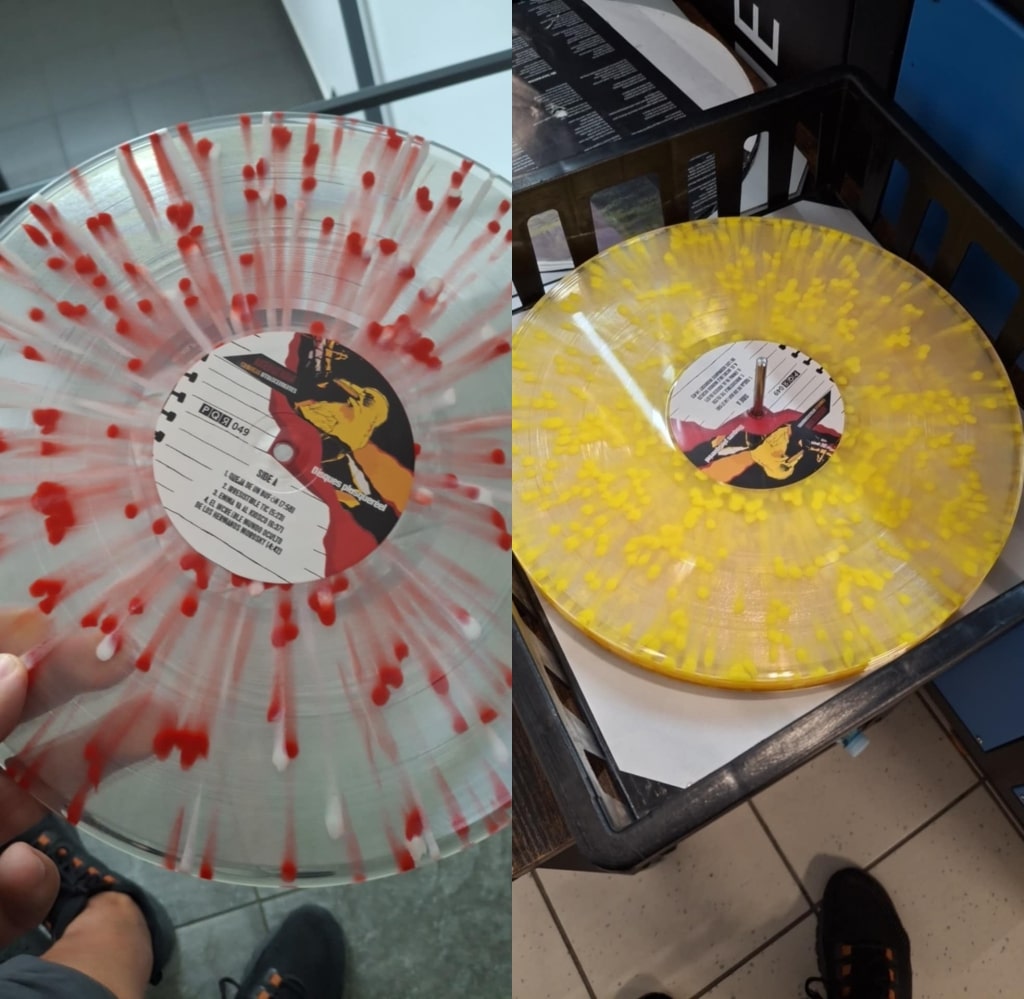
Could you discuss the unique characteristics of the Argentine prog scene and how it has shaped Akenathon’s identity?
Argentine progressive rock has a rich and fascinating history, with legendary bands like Crucis, La Máquina de Hacer Pájaros, Aquelarre, Invisible, Serú Girán, and many more paving the way. But there is also a vibrant contemporary scene that continues to thrive.
We are deeply immersed in this community. The historical bands have left us a profound legacy, while today’s bands directly influence us.
In fact, we co-organize the La Plata Prog Festival alongside other local groups as part of the Colectivo Progresivo Platense. This festival allows us to connect with new ideas and an incredible diversity of musical approaches. It is inspiring to witness how many innovative concepts are constantly emerging.
Given your classical training, how do you balance the structured, theoretical knowledge of classical music with the spontaneity and improvisation often found in jazz, metal, and progressive rock?
To be honest, Marcela Crusat, our keyboardist, is the only member with formal classical training.
I come from a rock and hard rock background, though I also enjoy jazz. Guillermo and Fernando have diverse musical tastes as well. This mix of different backgrounds gives us a unique dynamic and keeps our interactions exciting.
We love this diversity. It allows us to take the best from every musical world we touch.
What’s next for you?
Right now, we are preparing for our performance at La Plata Prog (+) 2025, while also writing and rehearsing new material. We are planning more shows this year, and we hope to have enough material for a new album soon.
We are very excited about the creative process ahead.
Klemen Breznikar
Headline photo: Akenathon (Courtesy: Akenathon)
PQR-Disques plusqueréel Store / Website / Facebook / YouTube
